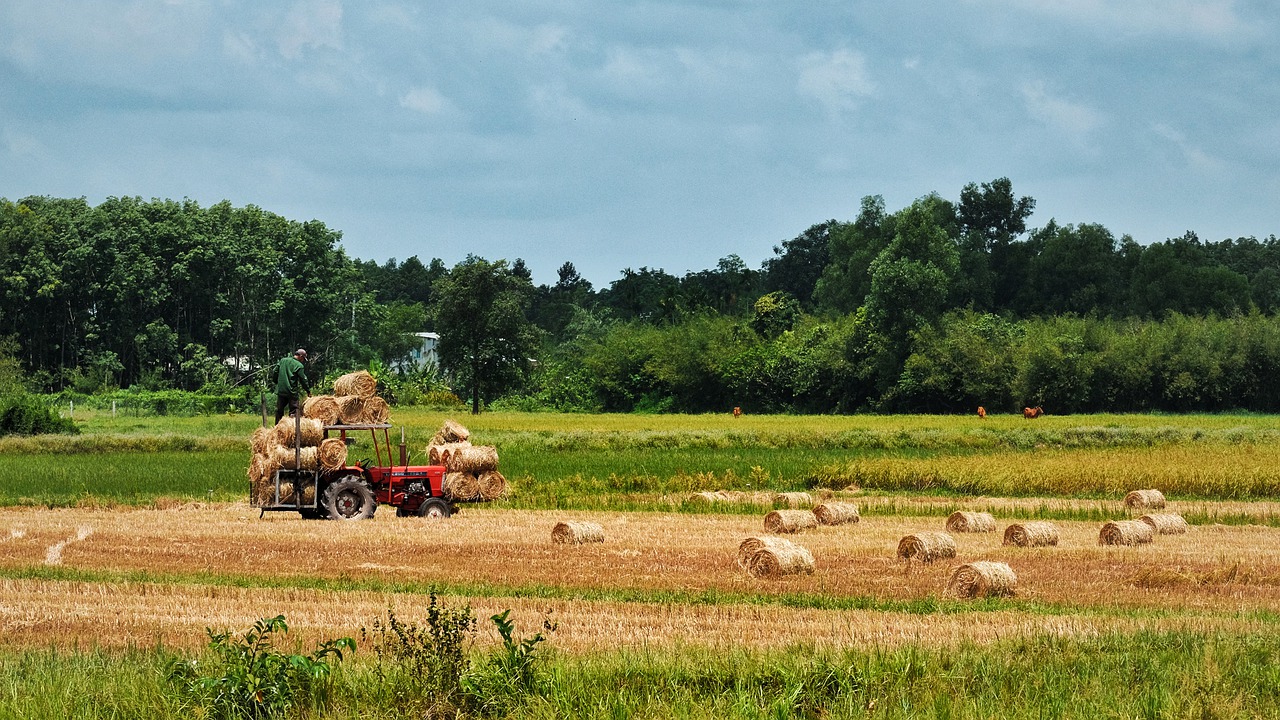The Importance of Proper Home Ventilation: Strategies for a Healthier Indoor Environment
Poor indoor air quality can often manifest in physical symptoms that occupants may experience within a particular environment. Common signs include persistent coughing, sneezing, and throat irritation that seem to worsen when inside a building. Additionally, individuals may notice an increase in allergies such as congestion, headaches, and eye irritation when spending time indoors.
Another noticeable sign of poor indoor air quality is the presence of musty or unpleasant odors lingering in the air. Unexplained stuffiness or a constant feeling of being unwell while indoors can also indicate a problem with the air quality in a space. It is crucial to pay attention to these signs as they can impact the overall health and well-being of individuals who occupy these indoor environments.
Health Risks Associated with Poor Ventilation
Poor ventilation can lead to a build-up of indoor air pollutants, including allergens, dust mites, and volatile organic compounds (VOCs). These contaminants can trigger respiratory issues such as asthma, allergies, and lung infections. Additionally, inadequate air circulation can result in elevated levels of carbon dioxide in the air, causing symptoms like dizziness, headaches, and fatigue.
Furthermore, stagnant air due to poor ventilation can foster the growth of mold and mildew, which release spores and mycotoxins into the air. Exposure to these substances can exacerbate existing respiratory conditions and lead to new health problems. Prolonged exposure to poor indoor air quality resulting from inadequate ventilation has been linked to chronic health issues, highlighting the importance of maintaining proper airflow in indoor spaces.
How can I tell if my indoor air quality is poor?
Some signs of poor indoor air quality include stuffy or stale air, lingering odors, excessive humidity or moisture, and the presence of mold or mildew.
What health risks are associated with poor ventilation?
Poor ventilation can lead to a variety of health issues, including respiratory problems, allergies, asthma exacerbation, headaches, fatigue, and even more serious conditions over time.
How can poor ventilation impact my overall health?
Poor ventilation can lead to the buildup of indoor air pollutants, such as volatile organic compounds (VOCs), carbon monoxide, and other harmful substances, which can cause irritation, inflammation, and long-term health effects.
What can I do to improve ventilation in my home or workplace?
To improve ventilation, you can open windows and doors to let in fresh air, use exhaust fans in kitchens and bathrooms, maintain your HVAC system, and consider investing in an air purifier or ventilation system.
Are there any specific groups of people who are more vulnerable to the health risks of poor ventilation?
Yes, children, the elderly, individuals with respiratory conditions, and people with compromised immune systems are particularly susceptible to the health effects of poor ventilation and indoor air pollution.





